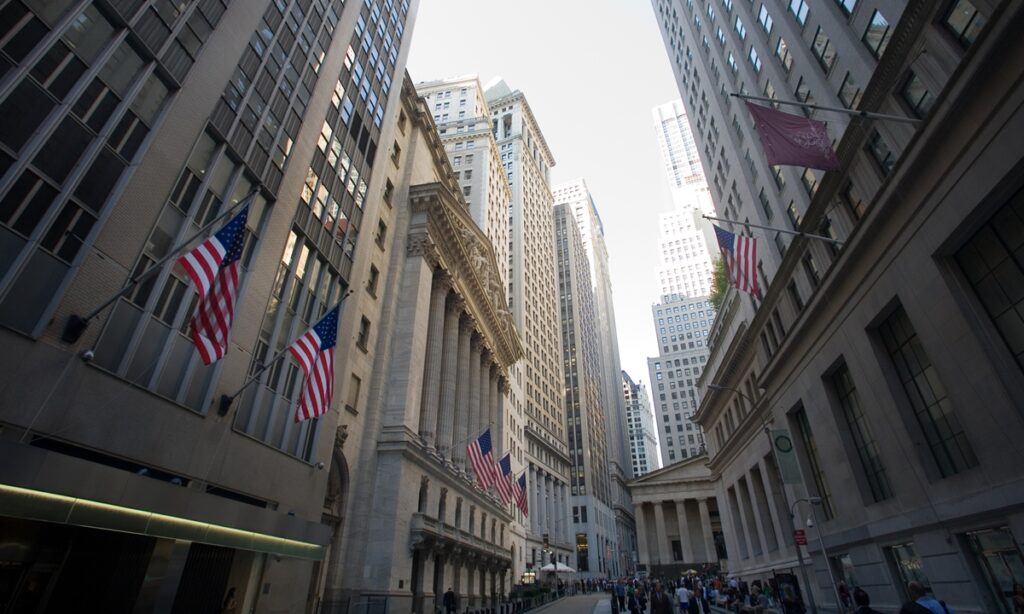Game of transferring domestic risks through bond issues gets tougher: experts
Although the US hit the brakes on a possible default, investors around the globe are not entirely sure that the risks have been eliminated, according to media reports, with observers warning about tighter liquidity and insufficient buyers of Treasury debt.
Analysts said that the US move might send shockwaves through global financial markets by causing capital outflows and driving down asset prices on foreign markets.
In early June, US President Joe Biden signed a bill to suspend the nation’s debt limit, which was then at $31.4 trillion, through January 1, 2025. Markets read this as a prelude to a new wave of bond issues.
A recent Bloomberg report cited JPMorgan Chase & Co strategist Nikolaos Panigirtzoglou as cautioning about a “very big liquidity drain” after the new debt ceiling deal was signed, which is expected to unleash “a tsunami of” new bonds.
According to Panigirtzoglou, the flood of new Treasury issues will compound the effect of quantitative tightening on stocks and bonds, knocking about 5 percent off their combined performance this year.
Speaking at a recent conference in New York, the founder of Bridgewater Associates Ray Dalio expressed worries about the beginning of a “late, big-cycle debt crisis,” as he said that the US is “producing too much debt” but has a shortage of buyers, according to another Bloomberg report.
While Wall Street investors rang the alarm about the possible side effects of US debt policies, some analysts in foreign countries expressed similar worries.
According to the Toronto Star, the US debt-ceiling saga is a “wake-up call to Canada” that its own credit rating might be in question as well.
Amid Washington’s debt ceiling standoff, Fitch Ratings Agency put the US federal government on notice that it was in line for a possible downgrade. Even after the US resolved the debt dispute, Fitch didn’t change its watch negative rating on the US.
Liang Haiming, dean of Hainan University Belt and Road Research Institute, said that the US is expected to issue about $1.46 trillion of incremental bonds, mostly short-term bonds. June is likely to see the largest volume.
“The concentrated issuance of US bonds might lead to a ‘siphoning’ effect on other countries’ capital markets around June, causing foreign asset prices to edge down,” Liang said, and the move will trigger a certain level of capital outflows to the US, which would send shockwaves to the A-share markets.
Xi Junyang, a professor at the Shanghai University of Finance and Economics, said that such worries are a reflection of global investors’ lack of confidence in US economic prospects, particularly when the US economy is showing weakness in many aspects, such as the banking crisis.
“Raising the debt ceiling and issuing new debts are not new to the US. But it is becoming a source of worries for many people because they already see problems with the US economy, and they worry that the debt problem may detonate and trigger new risks,” Xi told the Global Times.
Although Xi and other experts said the US debt increase is unlikely to cause large-scale risks in the short term, the cumulative risks might set off a crash at some point in the future.
“The US has long caused dissatisfaction among many countries, including its allies, by continuously increasing its debt ceiling to ‘harvest’ global wealth. Therefore, the credibility of the US dollar as the world’s main reserve and settlement currency is declining, and the game of transferring domestic risks by issuing more bonds is getting harder to play,” Liang said.
(Global Times)




